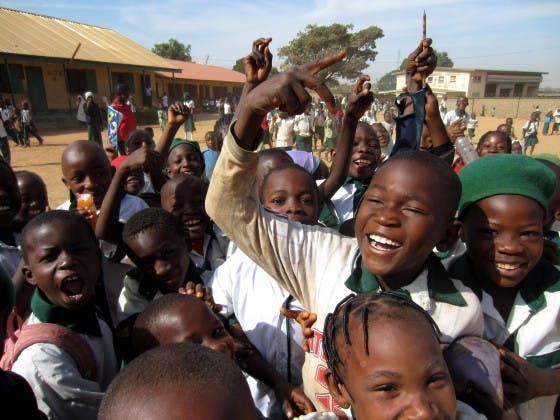
This post is by Rebecca Martin, PhD, Director, Global Immunization Division, Center for Global Health, U.S. CDC
As 2014 draws to a close, one theme that has been continuously present is the importance of a strong public health infrastructure in a country to effectively protect against vaccine-preventable diseases (VPDs). Universal access to immunization is the Decade of Vaccines vision, and in order to achieve this, more efforts are needed to build upon the existing infrastructure developed for immunization programmes and other health interventions, such as for HIV prevention and treatment and malaria control and elimination. With the importation of Ebola virus disease into Nigeria, we saw the country use its Emergency Operations Centre built to support polio eradication to quickly respond to the outbreak supporting case investigation, contact tracing, and bringing government together with national and international partners to stop the outbreak. The infrastructure built in Uganda to collect samples from individuals at the community level for HIV testing and get them to a laboratory for testing in minimal time, can be used to quickly identify cases of epidemic-prone VPDs. We should continue to build upon and use the experiences to save more lives and achieve global goals that have been delayed. The coming year, 2015, marks the halfway point of the Decade of Vaccines—let us use this moment to accelerate efforts by ensuring the public health infrastructure is there to reach every individual with lifesaving vaccines.



 View All Blog Posts
View All Blog Posts